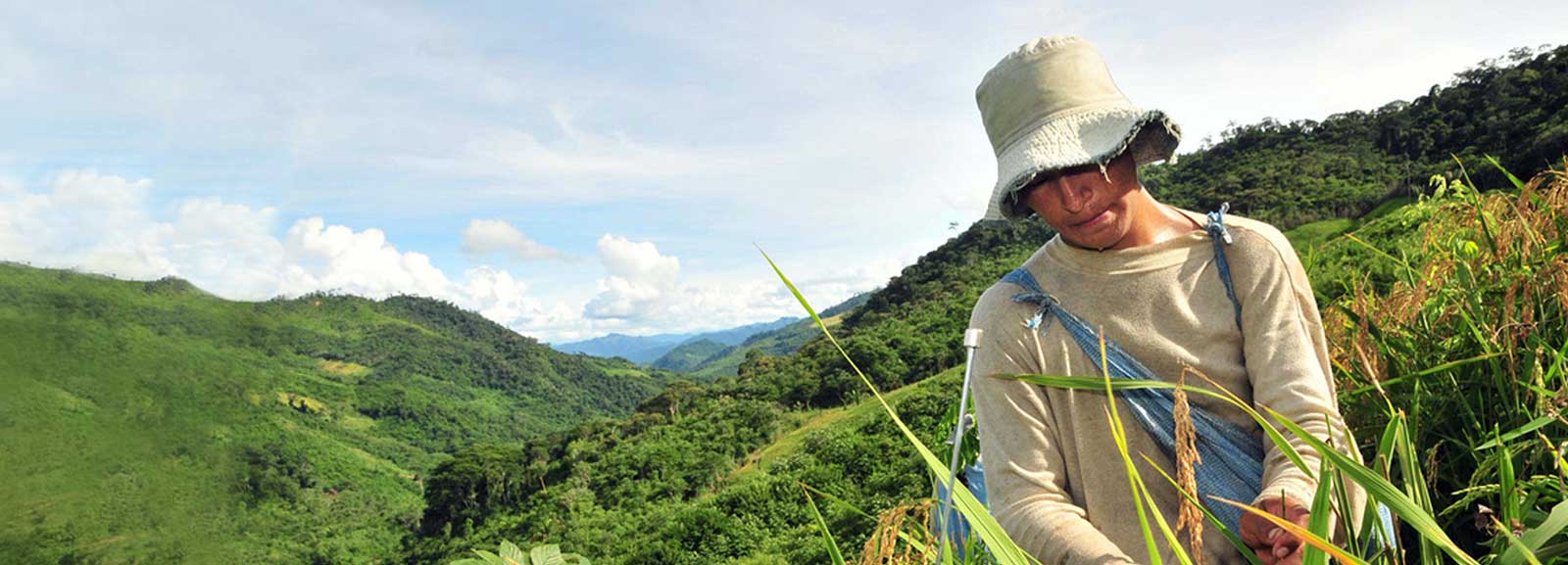Israel's Ag-Tech Scene: Putting the Tech in Marketing
A decade on, we at Stratigo Brandmakers continue to work with Israel's Ag-Tech industry, and each time our excitement grows. This is because of the people we meet, their diversity and sophistication knowing no bounds. It is because of this that Israeli Ag-Tech companies are respected with regards to their development, innovation and professionalism. I would like to take the time here to expand on some of the highlights and insights into the inner marketing workings of this fascinating industry, and to understand the best practices for building a branding / marketing strategy for both start-ups and young companies in the Ag-Tech field.
Israeli Ag-Tech - Extracting Water From the Rock
Before we begin, let's take a look at the Israeli Ag-Tech startup map. There are more than 400 companies operating in Israel in a variety of categories, such as precision agriculture, crop management, livestock, plant protection, equipment and control. There is extensive activity in those interconnected areas, and we believe that the potential for growth and innovation here is enormous. Israel is known globally as an Ag-Tech power and according to AgFunder's 2016 annual report, the country is positioned among the top five in the world in attracting Ag-Tech investment. The land here is not the most fertile, the water is not abundant, the natural resources are scarce, and despite all these, and perhaps because of them, Israel, as a start-up nation, has developed giant companies in the field that have changed the industry, beginning a few decades ago (Netafim, Rivulis, SCR, Afimilk and more).
So what is the secret in building a marketing strategy in the field of Ag-Tech?
In our work with companies in the field, we found that there are 3 important things that need to be understood regarding marketing and communication processes.
Know the People
Apart from the entrepreneurs, the investors, the technology people and the idea itself, there are the growers and the farmers, for whom the technology is developed, with the aim of facilitating their work, ensuring accuracy and helping them to yield more with less investment and time. A decade ago, and perhaps a little more, the prevailing assumption was that farmers were reluctant to adopt new technologies. They are used to utilizing traditional methods and are considered conservative when it comes to using technology in agriculture. Well, that is not so! In the course of our work we met farmers and advanced growers with broad technological vision, willingness (and even demand) to enable the introduction of technology into their daily work. In many cases, we encountered second and third generations who claimed that they would not remain in the field without technology. The working assumption is that when a technology is adapted to the user and their needs, it will also be adopted successfully. In the process of building the marketing infrastructure and branding, emphasis must be placed on the human aspect! Writing the messages, designing the interfaces, selecting the communication channels and the interface with the target audience, are an essential components of the process and are imperative to its success.
Understand the need
In the agriculture industry, unlike others, the growers' work routine involves inherent uncertainty. For this reason, they have a great need for advanced sourcing tools, enrichment, accuracy and improvement, and in most cases solutions and products are welcomed with open arms. When you understand the need, the development of the marketing infrastructure can be built accordingly. When does the end user need the information? Where is it needed and in what way? In many cases we will learn that what is appropriate in one industry is not necessarily relevant to another. During the farmer's working day, he cannot consume information and receive it in ways that are typical of other industries. For example, are the use of digital marketing tools relevant? If so, when and in what way? What exactly is the consumer looking for? How do we conduct a dialogue with them? All of these should be taken into account in planning your marketing system and developing the relevant tools.
Word of mouth
The development of relevant and reliable content will prove to be sufficient when educating growers who are considering investing in purchasing a system, solution or service in the field. If, for example, a company wants to produce a film and has a limited budget, it would be right to invest it in a film in which growers / farmers who use the solution talk about it and are documented in their work environment, describing in their language the value that the solution gave them. Such a film can be, in many cases, more effective than an image clip in which we watch a product demonstration using staged or "laboratory" photography. Download
our brochure on our Ag-Tech Solutions Want to hear more?
Contact me

